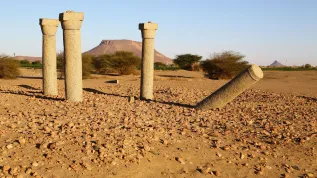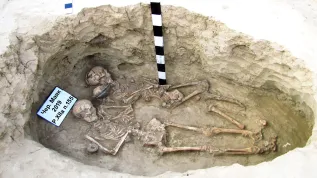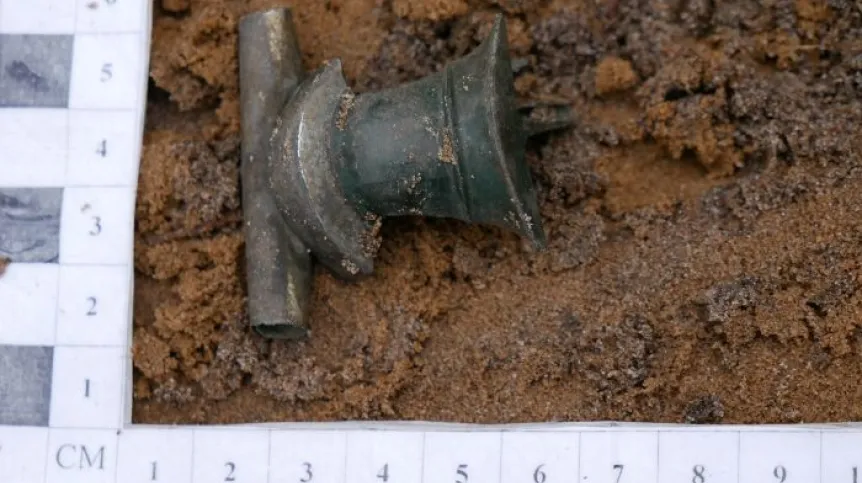
Local history enthusiasts have discovered four Roman-era brooches, a ring and fragments of decorations in the Borki forest district in Masuria. They handed over the finds to the monument protection services.
The Wendrusz Historical and Exploration Society of the Węgorzewo Land posted a report on the discovery of the valuable archaeological artefacts on social media.
The field search was carried out with the approval of the monument protection services and the landowner, the Borki forest district. According to the society, searchers expected to find buttons and shells from World War II. Instead, the society’s Bartosz Łaszczuk and Tomasz Trypuć discovered archaeological monuments in the form of four brooches (fibulae), a ring and fragments of decorations, including probably more fibulae.
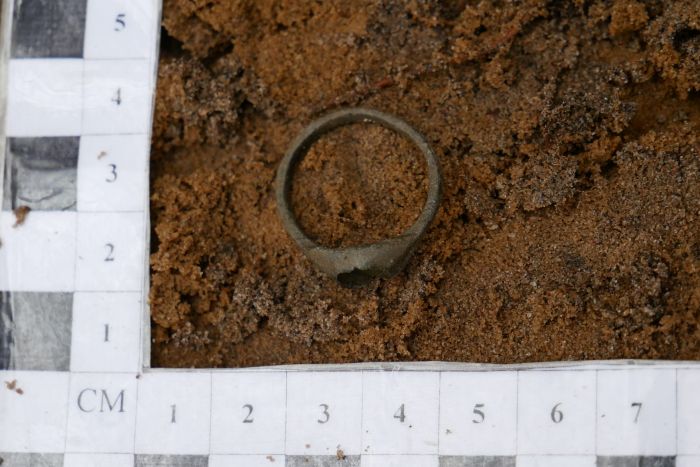
According to the local history enthusiasts, the discovery may indicate the existence of a cemetery or settlement of the Bogaczewo or Sudovian culture from the end of the 2nd and the beginning of the 3rd century CE, the so-called the younger period of Roman influence.
'As soon as we realized what we were discovering, we stopped the search in this area. Each such find is photographed with GPS coordinates and precisely marked on a digital map. This is to aid further archaeological research of the site in the future,’ Anna Dymkowska-Kowalska from the Wendrusz society told PAP.
The discovery was reported to the Ełk branch of the Provincial Office for the Protection of Monuments and to the State Forests. According to Magdalena Kozicka, an archaeology specialist at the office, the procedure of including this site in the register of monuments will be initiated, and the finds will be transferred to one of the museums in the region.
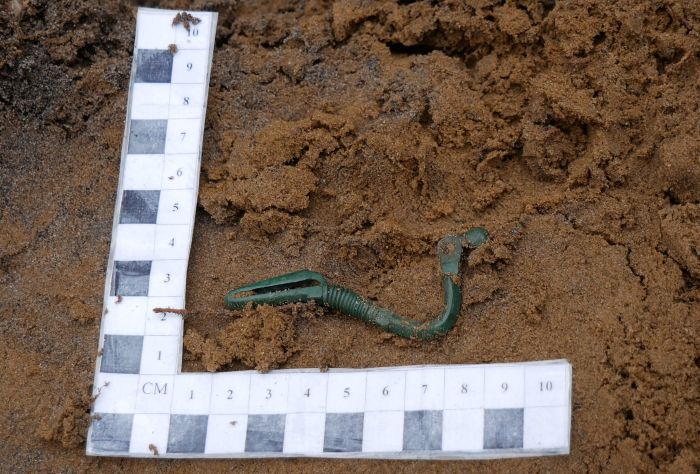
The Wendrusz Historical and Exploration Society of the Węgorzewo Land was founded in 2021. Its members research and disseminate local history. It has organised a history room in the former Węgorzewo railway station, where it collects memorabilia related to the history of the region. Members of the society previously handed over other artefacts to the monument protection services, including a socketed axe and a dagger blade from about 3,000 years ago years ago, found during agricultural work. They also contributed to saving valuable documents concerning the Evangelical Parish in Kuty, found during the renovation of the former school building. The oldest of these documents come from the 18th century. (PAP)
PAP - Science in Poland, Marcin Boguszewski
mbo/ pat/ kap/
tr. RL

